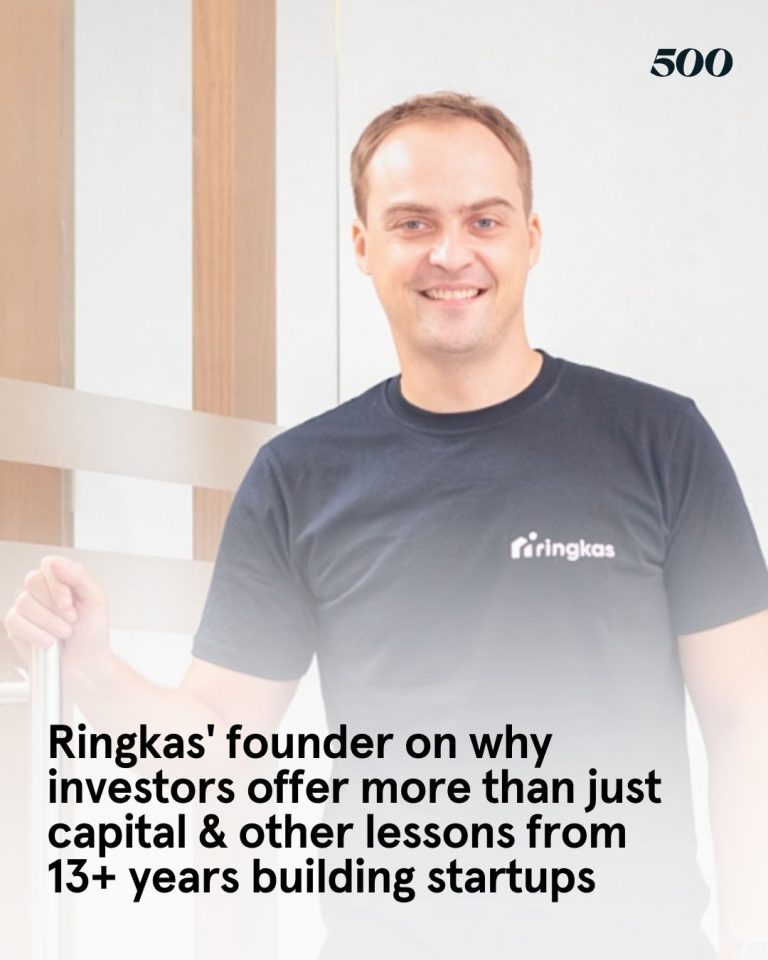
The Fortune Cat(fish)
- When 500-backed aquaculture company eFishery started out, “nobody would think a startup in fisheries would become a unicorn,” shared Founder & CEO Gibran. “I didn’t dare to promise it, but we made it.”
- What set them apart? His hyperlocal experience in Bandung gave him a clear view on what he wanted to build for eFishery: a piece of hardware, rather than just software and apps like other unicorns. The tool was to control fish feeding, to prevent using too much or too little.
- According to Gibran, fish only need a daily feed of about 4% of their body mass for optimal growth, less will make them grow slowly, but too much, which often happens, means waste and a thinner margin from breeding. Feeding time is also essential, and farmers aren’t always aware of the schedule. The eFeeder was created to solve this problem.
- It took Gibran 97 days to get his first customer, and 9 months to get the first 10, renting out only 14 eFeeders. Those first customers took the bait not because they were convinced the technology would help them, but out of pity and owing to Gibran’s persistence. It took another 3-4 months, or one farming cycle, for customers to realize that the feeders were useful, then they started telling other farmers, and the rest as they say is history.
- The latest automatic eFeeder can be connected with solar panels to be used in places with no access to electricity. Farmers can even operate them from their phones.
- While the eFeeder was key to eFishery getting off the ground and staying there, the tool is no longer a significant revenue contributor. Taking its place are a mix of financing, which includes channeling credit from banks to farmers to be used for buying fish feed from third parties, and fish sales.
- Moving forward, Gibran wants to more than 3x the number of ponds in eFishery’s ecosystem to 1 million in 2025, and to grow their fish exports. He also wants to expand in other countries, and has started pilot projects in Bangladesh, Thailand and Vietnam.
- The team aims to expand commercially to India in Q1 2024, and have begun exporting shrimp to the U.S. market, where buyers can trace the origins of the produce, the farmers’ identity, the feed used and whether antibiotics were used, among other information.
- The team also launched a blockchain-based digital cooperative for fish farmers to connect players across the supply chain.
- Read the full story on Forbes.




